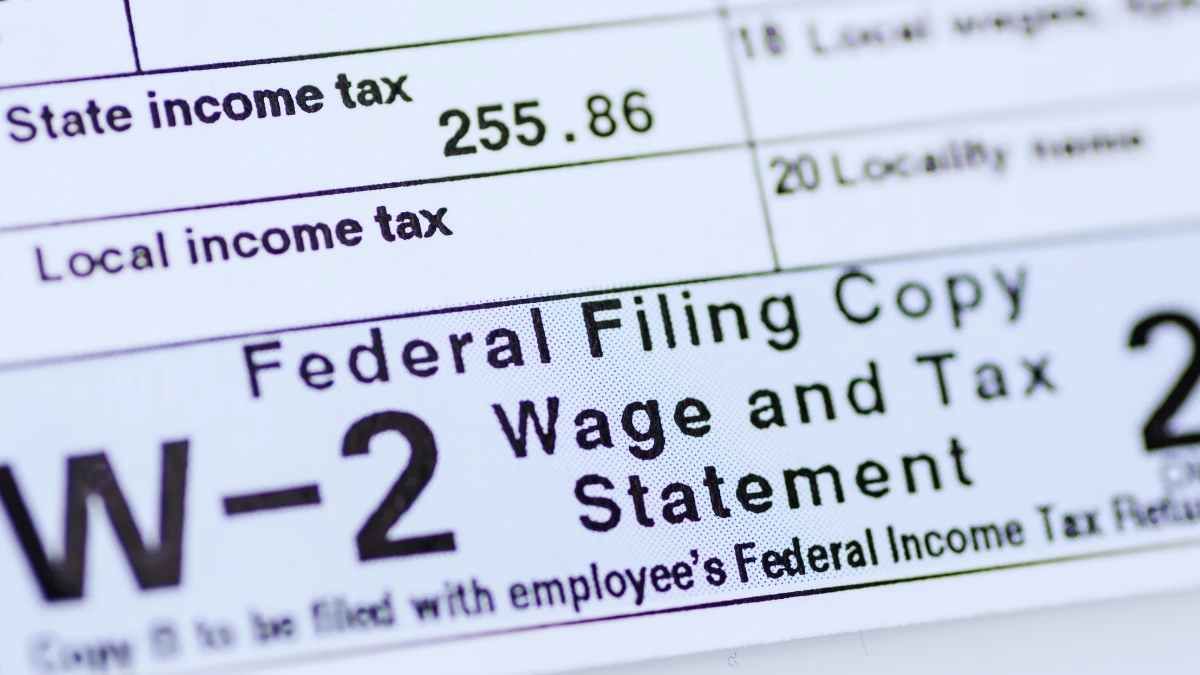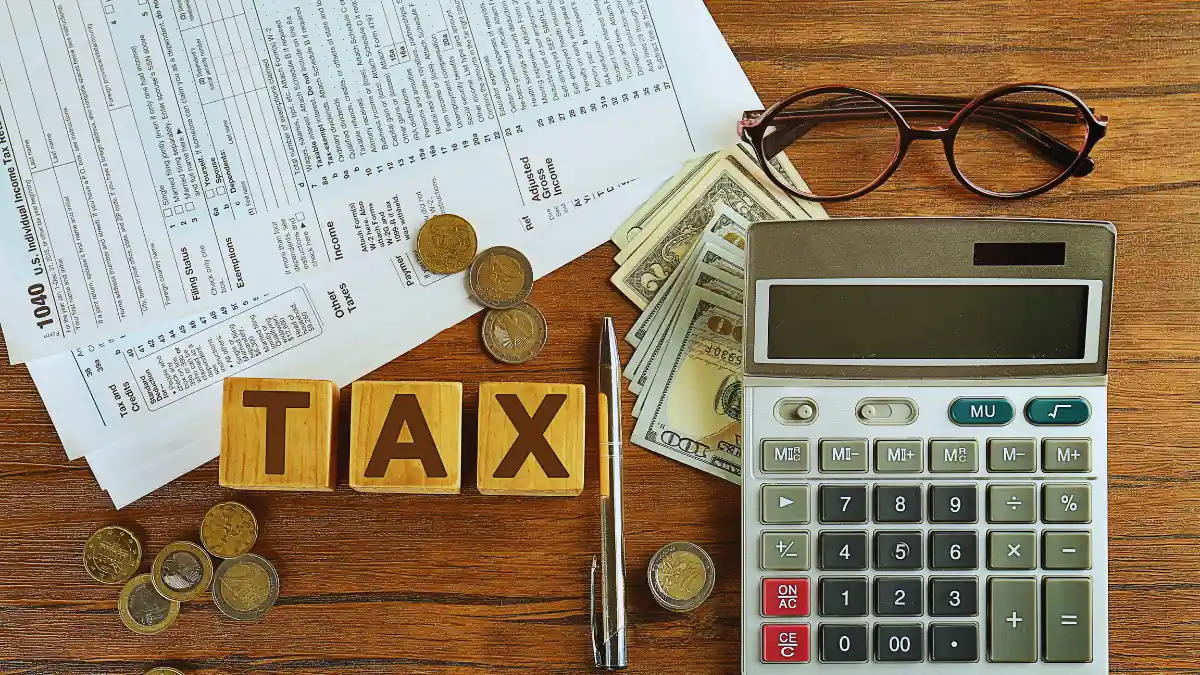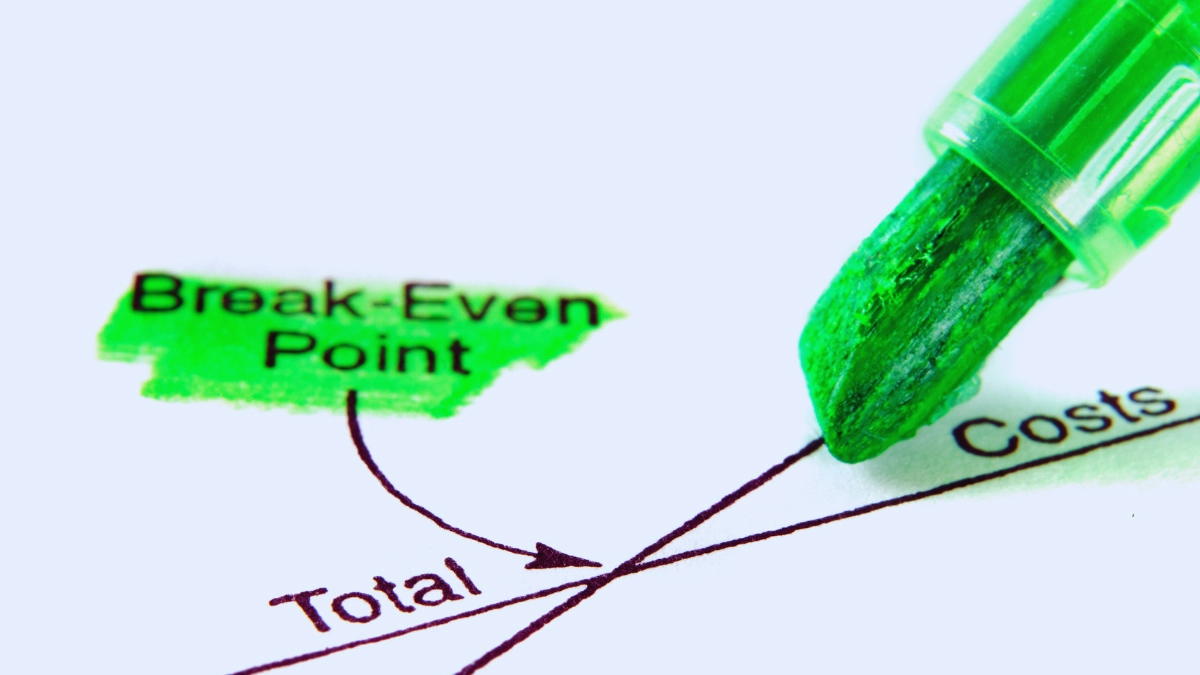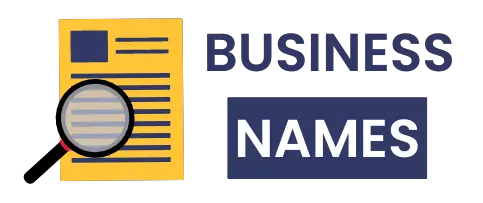My side hustle was generating $2,000 per month. My salary was $65,000. The math seemed obvious—until I quit and reality hit within 30 days.
Here’s what I learned the hard way: 41% of workers quit or consider quitting their jobs for side hustles. Most of us make the same mistakes. We see the money coming in and think we’re ready. We’re not.
This article will reveal the actual costs I overlooked. You’ll learn how to calculate what you actually need to earn. And you’ll see the warning signs that could save you from making my $50,000 mistake.
The Psychology Behind the “Quit Your Job” Fantasy

Your side hustle feels exciting. Your job feels boring. That’s the trap.
70% of Gen Z workers plan to start side hustles. But wanting to escape your job isn’t the same as being ready to run a business. I know because I was there.
Every month, my side hustle brought in money, and I felt more trapped at work. The $2,000 I earned editing websites felt like freedom. My boring office job felt like prison.
Social media made it worse. I saw people posting about their “freedom lifestyle” and six-figure businesses. What I didn’t see were the failures. The people who tried and went broke. The ones who had to crawl back to corporate jobs.
Your brain tricks you when you hate your job. You start using best-case numbers. You ignore the risks. You think this month’s good income will happen every month.
It won’t.
The excitement you feel about your side hustle? That’s not a business plan. That’s emotion. And emotion makes terrible financial decisions.
The Hidden Cost of Losing Your W-2

When I quit, I thought I just needed to replace my $65,000 salary. I was wrong by about $25,000.
Here’s what I lost the day I walked out:
- Healthcare hit me first. My employer was paying $8,951 per year for my health insurance. Now I had to pay the full $746 per month myself. For families, this jumps to $2,131 per month.
- My 401k match disappeared. My company matched 4.7% of my salary. That’s $3,055 per year in free money. Gone.
- No more paid time off. I had three weeks of vacation worth about $3,750. Plus sick days. When you’re self-employed, not working means not earning.
- Taxes got worse. As an employee, I paid 7.65% for Social Security and Medicare. My employer paid the other 7.65%. Now I pay both sides—15.3% total.
- Other benefits vanished. Disability insurance that would pay if I got hurt. Life insurance for my family. Professional development courses. All gone.
Add it up: My $65,000 salary was really worth about $85,000 in total compensation. To replace it, I needed my side hustle to bring in at least $85,000. Not $65,000.
I didn’t know this until it was too late.
Why Side Hustle Income Isn’t What It Seems

My $2,000 monthly income looked solid on paper. In reality, it was built on quicksand.
A 2024 Bankrate study found that 58.6% of side hustlers make less than $250 per month. The average is $891 per month, but the median is much lower at just $200. That means most people earn way less than the “average” suggests.
Here’s what my income really looked like:
- January: $2,800
- February: $900
- March: $2,200
- April: $600
- May: $1,800
See the problem? I was planning based on my best months. Ignoring my worst ones.
Business expenses ate my profits. Software subscriptions: $200/month. New computer: $150/month payment. Gas driving to clients: $100/month. Phone bills, internet, and office supplies. By the time I paid for everything, my $2,000 had become $1,400.
Clients paid late. Some took 30 days. Others took 60. One took 90 days, and I almost couldn’t pay rent. When you have a job, you know exactly when your paycheck hits. With clients, you pray.
Time vs. money didn’t add up. I worked about 35 hours per month on my side hustle. At $1,400 net income, that’s $40 per hour. Sounds good. But I spent another 10 hours on admin, emails, and finding new clients. Now it’s $31 per hour. Still decent. Until you factor in taxes.
After setting aside 30% for taxes, I was making $21 per hour. My old job paid more when you included benefits.
The Tax Bomb Most Side Hustlers Never See Coming

Nobody warned me about quarterly taxes. Big mistake.
When you’re self-employed, you pay 15.3% self-employment tax. This covers Social Security and Medicare. Your employer used to pay half. Now you pay it all.
Then comes income tax on top. If you make $50,000 self-employed, you could pay 35% total in taxes. That $50,000 becomes $32,500 take-home.
The IRS wants quarterly payments. Every three months, you send them money based on what you think you’ll earn. Miss a payment? They charge penalties. I learned this when I got an $800 penalty notice.
Most people set aside 20-25% for taxes. That’s not enough. You need 30-35% to be safe. Maybe more if you live in a high-tax state.
I wish someone had told me to open a separate bank account. Every time money came in, 35% should have gone straight to taxes. I didn’t do this. Come tax time, I owed $8,000 and had $800 in savings.
The Break-Even Calculation That Changes Everything

Here’s the formula I wish I’d used before quitting:
(Annual salary + benefits + taxes + emergency fund + business expenses) ÷ 12 = what you really need per month
Let me show you with my $65,000 salary:
- Base salary: $65,000
- Lost benefits: $20,000 (health insurance, 401k match, PTO)
- Extra taxes: $3,000 (self-employment vs. employee)
- Emergency fund: $18,000 (6 months’ expenses)
- Business expenses: $4,800 per year
- Total needed: $110,800 per year
- Monthly requirement: $9,233
My side hustle averaged $1,800 per month. I needed $9,233. I was short by $7,433 every single month.
This is why 32% of side hustlers say they’ll always need their side hustle just to make ends meet. They never calculated the real numbers.
The 18-month rule: Your side hustle should hit your monthly target for 18 straight months before you quit. Not 3 months of good income. Not 6 months. Eighteen months of consistent income that meets your real needs.
Industry matters too. Seasonal businesses need 9-12 months of expenses saved. Wedding photographers make most of their money from May through October. December through March can be brutal.
What Really Happens in Your First 90 Days Solo

Week 1 felt like freedom. Week 6 felt like falling.
The honeymoon ended fast. For two weeks, I woke up excited. No commute. No boss. No meetings. I was living the dream.
Then reality hit. A client fired me with no warning. There went $800 per month. At my old job, they couldn’t just cut my pay in half overnight.
Cash flow became a nightmare. Three clients owed me $3,400. My rent was due in five days. I had $600 in checking. I called my dad for a loan. At 32 years old.
The mental stress was crushing. Every day I checked my bank account. Every day, I worry about the next client. Every day, I second-guessed my decision. I couldn’t focus on work because I was too busy panicking about money.
Unexpected costs popped up everywhere. My laptop died: $1,200. Professional insurance: $300. Business license: $150. Accounting software: $50/month. Every expense came straight out of my income.
Isolation hit hard. No coworkers to talk to. No office birthday parties. No casual Friday drinks. Working from home sounds great until you realize you’re completely alone.
By month three, I was working 60-hour weeks just to pay bills. My “freedom” became a prison of constant worry.
Warning Signs You’re Not Ready to Quit Yet

If these sound like you, don’t quit:
Your income swings by more than 20% month-to-month. Consistent income is the foundation of any business transition. If you made $3,000 last month and $800 this month, you’re not ready.
You haven’t tracked expenses for a full year. You need 12 months of data to see patterns. Seasonal changes. Unexpected costs. One-time expenses that become recurring.
Your emergency fund is empty. You need 6-12 months of personal expenses saved. Separate from business money. This covers you when (not if) income drops.
You’re driven by anger at your job. Running away from something is different than running to something. Make sure you’re excited about your business, not just tired of your boss.
You can’t explain your business simply. If you need 20 minutes to explain how you make money, your business model is too complicated. Simple businesses scale. Complex ones break.
Your support system is worried. When everyone around you thinks you’re moving too fast, listen. They might see risks you’re ignoring.
You’re planning to “figure it out” after quitting. This is backwards. Figure it out while you still have income. Test everything before you jump.
Take this test: Can you live on just your side hustle income for three months? Right now? If not, you’re not ready.
What Successful Transitions Actually Look Like

Carter Osborne spent 5 years building his tutoring business before quitting his PR job. He didn’t quit when he hit $1,000 per month. Or $3,000. He waited until his side business consistently brought in $114,000 per year. More than double his salary.
Chris Pyle started answering car questions online in 2006. He didn’t quit his Ford job until 2012. Six years of building. Testing. Learning. When he finally quit, he was making $170,500 per year from his side hustle.
Notice the pattern? Successful people overlap for years. They build systems while employed. They test everything before they jump.
Here’s what they did differently:
They tracked income for 18+ months before making decisions. They built relationships with multiple clients. They saved 12+ months of expenses. They tested their business model thoroughly.
Most importantly, they didn’t quit because they hated their jobs. They quit because their businesses were ready.
The timeline looks like this:
- Year 1: Test your idea. Find clients. Learn the basics.
- Year 2: Build systems. Increase prices. Get serious.
- Year 3: Scale up. Save money. Plan your exit.
- Year 4+: Transition when the numbers make sense.
This isn’t exciting. It’s not fast. But it works.
The Smart Exit Strategy: Alternatives to Cold Turkey Quitting

You don’t have to choose between your job and your business. Here are better options:
Negotiate flexible hours. Ask to work four days instead of five. Use the extra day for your business. Many employers will agree to keep good people.
Request a sabbatical. Take 3-6 months of unpaid leave to test your business. You keep your job security while testing the waters.
Go part-time gradually. Drop from 40 hours to 30. Then 30 to 20. Reduce your dependence on your job while building your business.
Freelance for your current employer. Leave as an employee. Come back as a contractor. You keep the income while building other clients.
Diana Nguyen was transparent with Microsoft. She told her manager about her fashion business plans. They supported her transition. She kept good relationships and references.
Use vacation time strategically. Take a week off to focus full-time on your business. See how much you can accomplish. This tests your capacity without risk.
The best transitions are gradual. They protect you while you build. They give you options if things go wrong.
Building Your Business Foundation Before You Leap

Don’t wait until after you quit to build these systems:
- Legal protection matters. Get business insurance. Set up an LLC. Have proper contracts. One lawsuit can destroy everything if you’re not protected.
- Accounting systems save you. Use software to track every expense. Separate business and personal money completely. Set aside taxes automatically.
- Multiple income streams provide stability. Don’t depend on one client for more than 30% of your income. Diversify before you quit.
- Professional relationships extend beyond your job. Build a network in your industry. Join groups. Attend events. These connections become referrals.
- Test your market thoroughly. Survey potential customers. Run small tests. Make sure people will actually pay for what you’re selling.
- Build 6 months of business expenses. This is separate from your personal emergency fund. Equipment breaks. Software needs upgrading. Marketing costs money.
How Much Money Should You Save Before Quitting?

The KFF 2024 Employer Health Benefits Survey shows that the average worker receives $25,572 in health benefits for family coverage. Add your salary, taxes, and other benefits. Most people need to save 12-18 months of this total amount.
For a $65,000 salary with family health benefits:
- Total compensation: ~$90,000
- Monthly need: $7,500
- Savings target: $90,000-$135,000
This sounds like a lot. It is. That’s because replacing a job is expensive.
Start saving now. Every month you wait makes the transition harder.
The Real Cost of My Mistake

I went back to corporate work after 8 months. Here’s what my “freedom” cost me:
- Lost income: $28,000 (8 months of reduced earnings)
- Credit card debt: $12,000 (living expenses I couldn’t cover)
- Retirement savings: $0 (couldn’t contribute for 8 months)
- Stress and relationships: Priceless (but not in a good way)
- Total cost: Over $50,000
The worst part? I could have avoided all of it by waiting 18 more months. Building my business properly. Saving more money. Making the transition when I was actually ready.
Your Action Plan: Do This Before You Even Think About Quitting

- Track your side hustle income and expenses for 12 full months. Use a spreadsheet. Include everything.
- Calculate your real break-even number. Use the formula from this article. Be conservative.
- Build an emergency fund covering 6-12 months of expenses. Keep this separate from business money.
- Test your business model thoroughly. Can you get 10 paying customers? Can you handle the workload?
- Save 18 months of total compensation. Yes, this takes time. That’s the point.
- Consider alternatives to quitting. Can you negotiate flexibility? Go part-time? Take a sabbatical?
The dream of quitting your job for freedom is powerful. I felt it too. But financial freedom comes from patience, not urgency.
Your side hustle might become a great business. Give it time to grow properly. Your future self will thank you for not making my $50,000 mistake.
Remember: The goal isn’t to quit your job. The goal is to build something better. Sometimes that takes longer than you want. That’s okay. Better slow and successful than fast and broke.

